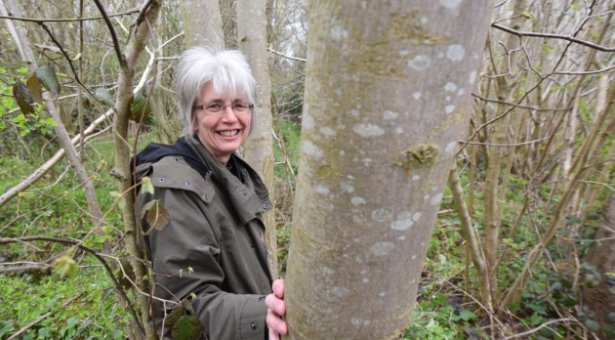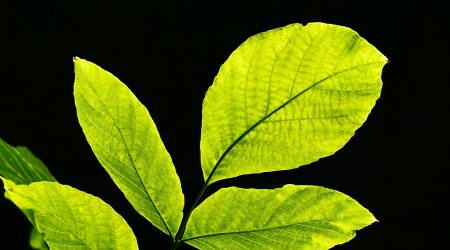The fight against ash dieback strides on

A three-year international cross-institute project into ash dieback, led by the John Innes Centre, has answered many questions about the disease pathogen and of the tree it infects – and has also raised more.
The Nornex project, funded by the BBSRC and Defra, was initiated after John Innes Centre researcher Dr Anne Edwards discovered the disease in an open woodland in Norfolk for the first time.
She recognised the disease as having the potential to devastate ash trees and forests in the UK.
Dr Edwards and colleagues were part of a rapid response to the problem, bringing together expertise in genetics and genomics from JIC, The Sainsbury Laboratory and The Genome Analysis Centre on the Norwich Research Park with collaborators in the UK and beyond.
They have identified genetic markers that predict which ash trees may be tolerant to the ash dieback fungus – this information will provide information to select trees to replace dead or dying ash trees.
John Innes Centre’s Professor Allan Downie, coordinator of the project, said: “One of the absolutely critical parts of this was our international collaboration with people in Denmark. They had trees that they had already identified as being tolerant to the disease and we were able to apply our great strengths in genetics and genomics to that population.”
“With all of that we could then go to the research councils, BBSRC and Defra, and they were really good because of their flexibility and ability to respond quickly to the request for funding.”
“It was really a story of people coming together. The early career researchers really drove this – they were excited and concerned and had the ability and motivation to help.”
Now a resilient, 200-year-old ash tree, named Betty, has been discovered in a Norfolk Trust-owned woodland, in a region decimated by ash dieback. Betty’s tolerance to the disease is a promising sign, and presents new avenues for progress against the disease.
Professor Downie continued:”There is still quite a lot to do. A really important question – what percentage of the seeds from the trees that are tolerant would also produce tolerant trees? Finding the answer to that would take time as we cannot speed up growing the plants. There is also still much to find out regarding characteristic metabolites of tolerant trees.”
“This project has highlighted the strengths of UK science, especially in the genomics area, and the willingness of scientists to collaborate. For me, at the end of my career, it has been absolutely fantastic. The open access approach that we took at the suggestion of The Sainsbury Laboratory has also been critical.”
Throughout, the sequencing data was made available for all researchers on the Open Ash Dieback website.
TSL’s Dr Dan MacLean said: “Making data and tools open access gave more information into the hands of key people who could help.”
“Open access is the quickest way to collaborate and it is very rewarding to see this approach leading to tangible outcomes. All the scientists in Nornex showed really excellent foresight in adopting this approach. I think Nornex should be an open access exemplar for other projects. BBSRC’s, Defra’s and the Gatsby Charitable Trust’s funding really shone through to make this work. This open access and crowdsourcing approach is now being used for important problems like the Zika virus and Wheat Blast.
“Simply – open access to all data speeds up science.”



